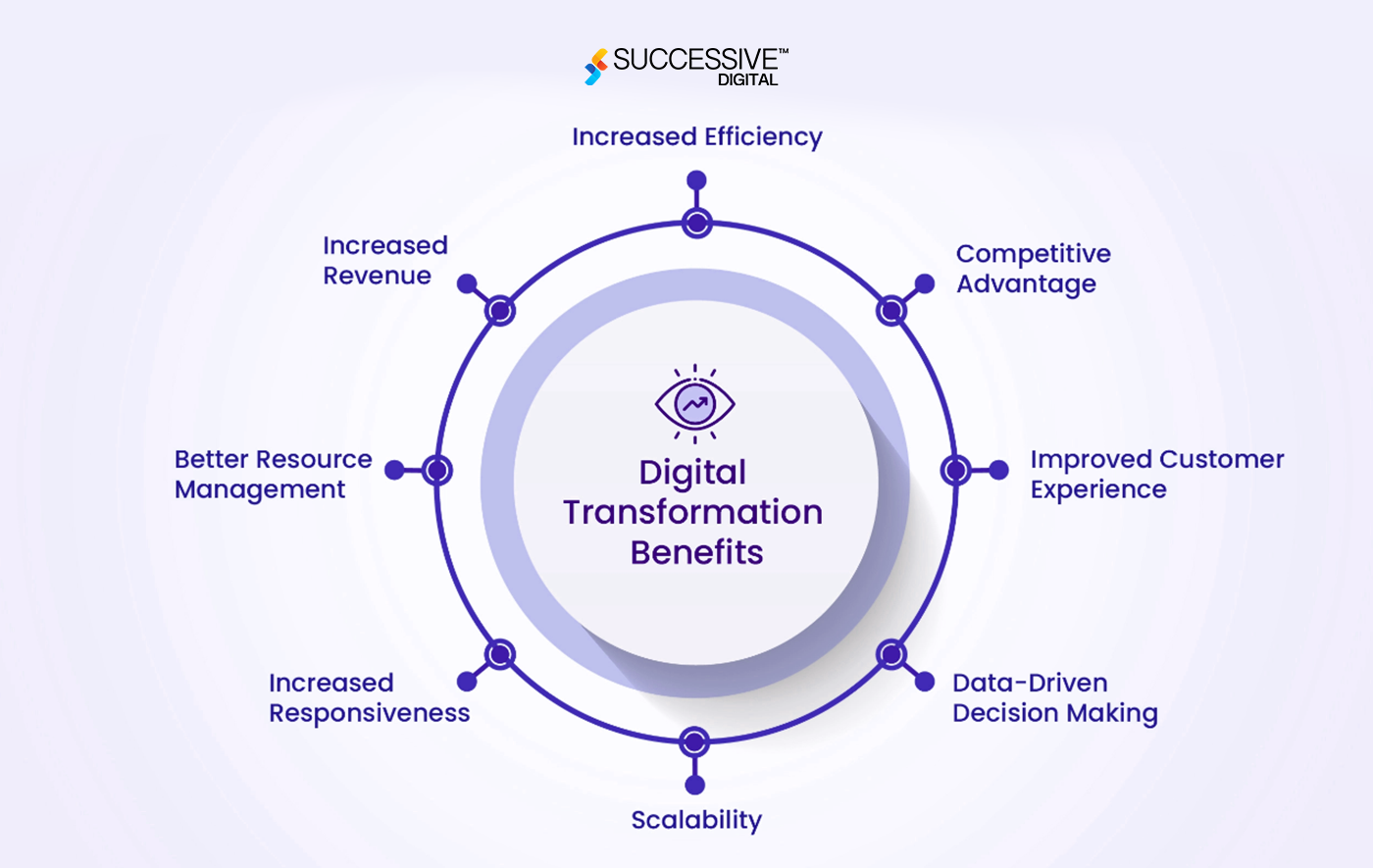
Challenges to Digital Transformation and How to Overcome Them
In digital transformation, the most significant challenges are often not technical but rather human-centric and organizational. Overcoming these requires innovative strategies that go beyond a simple technology upgrade to address culture, mindset, and new operational models.
- The illusion of a finish line
Unlike traditional projects with a clear beginning and end, digital transformation is a continuous, evolutionary process. The challenge is when leaders and employees expect a specific launch date to mark the end of the effort, but instead face constant evolution and adaptation.
- The overcome: Embrace a “continual adaptation” mindset. The goal should be to build the organizational muscle for perpetual innovation, rather than focusing on a one-time project. Adopt agile methodologies, which are built around continuous iteration and adaptation, to make ongoing change the new norm.
- The fear of the unknown role
While traditional resistance to change is common, a more subtle challenge is employee anxiety about their new, undefined place in a digitally transformed organization. A new automated process may remove certain tasks, but without a clear vision for the employees’ new, more strategic roles, fear and morale issues can grow.
- The overcome: Shift the focus from job elimination to role evolution. Proactively redesign job descriptions and create new, more valuable career paths for employees. Implement mentorship programs where early adopters and younger, more tech-savvy employees can act as “reverse mentors” to help others adapt.
- Organizational inertia and risk aversion
Many established businesses have deeply ingrained, risk-averse cultures that inhibit the experimentation necessary for digital transformation. Leaders may be hesitant to invest in new, potentially disruptive technologies when existing processes are profitable, fearing the temporary dip in performance that comes with change.
- The overcome: Create “safe zones” for innovation. Dedicate small, cross-functional teams to low-risk, high-impact pilot projects. This “test-and-learn” approach allows the company to demonstrate the value of new processes and learn from mistakes without betting the entire business. Celebrating these small wins builds momentum and reduces fear of failure.
- The pursuit of “digital for digital’s sake”
A common pitfall is to invest in trendy technologies like AI or blockchain without a clear link to a strategic business objective. When a technology is not tied to a specific business outcome, the initiative is likely to fail, wasting resources and eroding faith in the overall transformation.
- The overcome: Define a value-centric digital roadmap. Instead of asking, “How can we use this new tech?”, ask, “What specific business problems can this new tech solve?”. Prioritize projects based on their potential for tangible business results—like improving customer experience or increasing operational efficiency—and ensure every investment is tied to measurable KPIs.
- Data anarchy and quality issues
Successful digital transformation relies on data-driven decision-making, but many organizations have fragmented, inconsistent, and siloed data across various legacy systems. This “data anarchy” prevents a unified view of the business and makes it impossible to build effective AI or analytics tools.
- The overcome: Implement a robust data governance strategy. Before deploying advanced analytics, invest in data cleaning, standardization, and integration. Use the transformation as a forcing function to unify and consolidate data, effectively addressing the technical debt that has built up over decades.
- The IT department as order-taker
In many traditional organizations, the IT department is seen as a support function that merely implements requests from business leaders. This “order-taker” mentality prevents IT from acting as a strategic partner, leaving technology decisions to leaders who may lack the necessary technical expertise.
- The overcome: Promote the CIO and IT leaders to strategic design partners. Instead of simply fielding requests, IT should be involved in the core business strategy from the outset. This elevates technology’s role from a supporting actor to a fundamental driver of business model innovation.
